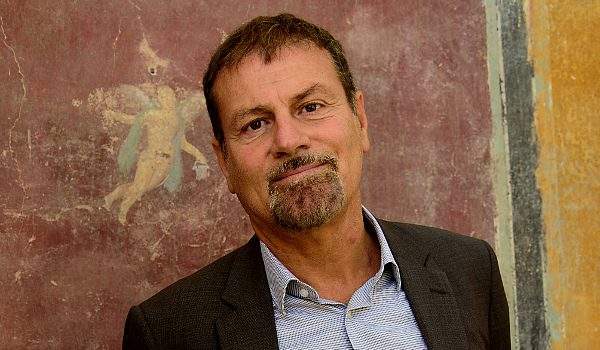Staffing shortages at museums, Hosanna retorts to Schmidt: Dramatic shortage, but we'll fix it
The general director of museums, Massimo Osanna, has responded to the issue raised yesterday by Uffizi director Eike Schmidt, who for the first time spoke publicly on one of the most enduring problems facing Italian museums: the now chronic lack of staff. Staffing, Schmidt had said yesterday, is “everywhere reduced to the bone,” and it is a crucial node that must be addressed immediately, “otherwise it closes.”
“It is true that Italian museums have long had to deal with a dramatic and widespread shortage of staff,” Osanna said in a note released to the press, “but it is also true that this shortage, precisely with the interventions of the last few years we are remedying: after the first tier of 1,053 new supervisory staff who will take up their duties from September 15, we will insert 400 other new hires in December and then another 1,053 in 2023.” So there will be a total of 2,500 new hires: the 1,053 who will enter service in September are those from the competition for fruition, reception and supervisory assistants whose tests ended last May, the 400 in December will also come from insertions of successful contestants, and it is likely that the other 1,053 will also be done by a sliding of the ranking list, as, moreover, was also clamored for by the base.
Osanna also spoke about the reduction of Uffizi staff: in fact, Schmidt revealed yesterday that he had received a circular from the Ministry of Culture announcing a 9 percent cut in the Galleries’ staff. Osanna explained that this is not a circular but a decree from the minister that will arrive shortly and with which the MiC will try to implement “a delicate work of rationalization of resources, balancing the interests of large and small attractions.” Osanna explained, “Our action was inspired by criteria of rationalization and fine-tuning of a vast and very ramified structure in the territory, having to look at the national museum system as a whole.” In particular, it was necessary, Osanna said, to strengthen the staffing of the regional directorates, i.e., the MiC bodies that manage state museums in the territory, which are often far from the large centers, many of them in disastrous situations, and in addition there was the need to assign staff to four new autonomous museums. Hence the need to “slightly sacrifice the needs of some institutes including the Uffizi,” said Osanna, according to whom the directors should at this point resort to staff from Ales, the in-house of the Ministry of Culture, but not to fill staffing gaps, but rather for uses as part of projects “to be carried out to expand the spaces open to the public, to make the reception more and more adequate to the needs of new audiences, and to develop research and knowledge of the heritage, starting with the very rich museum deposits.”
 |
| Staffing shortages at museums, Hosanna retorts to Schmidt: Dramatic shortage, but we'll fix it |
Warning: the translation into English of the original Italian article was created using automatic tools. We undertake to review all articles, but we do not guarantee the total absence of inaccuracies in the translation due to the program. You can find the original by clicking on the ITA button. If you find any mistake,please contact us.



























